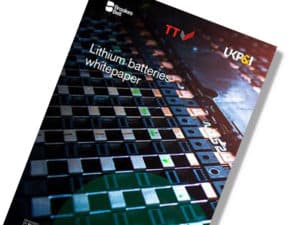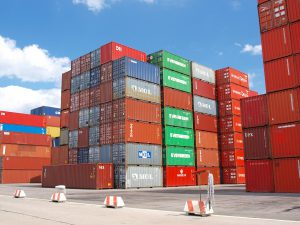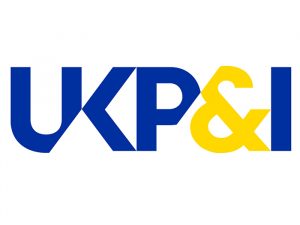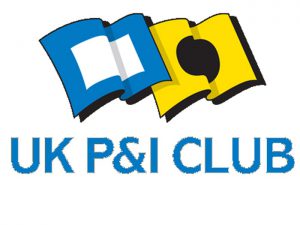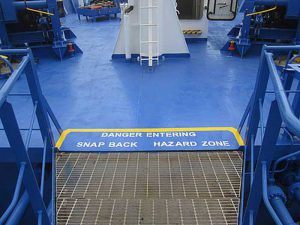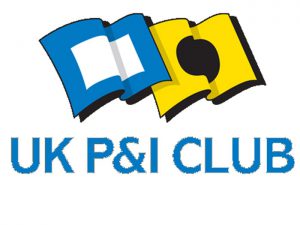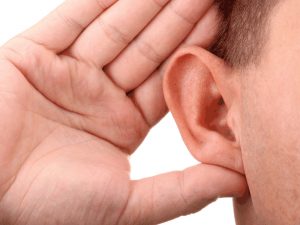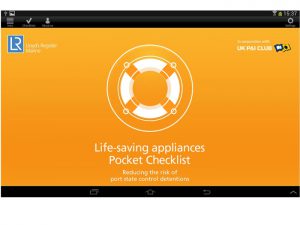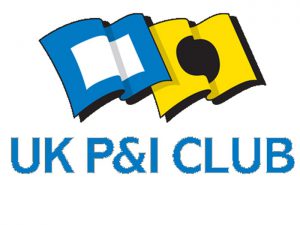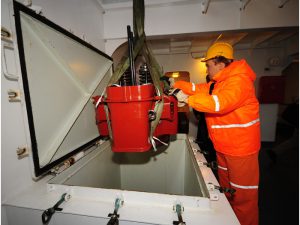A shift in the approach to safety management of enclosed spaces on board ships is needed. Fifteen years ago, while working as an independent surveyor, I was carrying out a condition survey on board a bulk carrier. The scope of the survey included testing the emergency generator, located in the steering flat and accessed by an inclined ladder.
Accompanied by the superintendent and the chief engineer, we had no sooner reached the bottom of the space when the chief engineer urgently ordered us all out. By the time we had exited the space, within seconds, we were all in a state of dizziness and confusion, compounded by our inability to comprehend what had just occurred. Further investigation revealed that Freon gas had leaked from refrigeration machinery located in the steering flat and being heavier than air, had migrated into the emergency generator space, displacing breathable air. It was a lucky escape. Victims of asphyxiation in enclosed spaces deficient in oxygen will normally receive no such warning that anything is wrong or have the ability to quickly escape.
Should we have been aware that this emergency generator space, not being enclosed in the usually perceived sense of the word, was potentially dangerous for entry? Absolutely.
The International Maritime Organization (IMO) currently defines an enclosed space as having any of the following characteristics:
- Limited openings for entry and exit;
- Inadequate ventilation; and
- Is not designed for continuous worker occupancy, and includes, but is not limited to, cargo spaces, double bottoms, fuel tanks, ballast tanks, cargo pump-rooms, cargo compressor rooms, cofferdams, chain lockers, void spaces, duct keels, inter-barrier spaces, boilers, engine crankcases, engine scavenge air receivers, sewage tanks, and adjacent connected spaces. This list is not exhaustive and a list should be produced on a ship-by-ship basis to identify enclosed spaces.”
Most could be forgiven for not considering our generator space to fall within this definition, although it was clearly proven to present a danger in a particular circumstance.
Another very common example of confusion over what actually constitutes an “enclosed space” is the inconsistent perception of the dangers presented by CO2 fixed fire extinguishing system cylinder storage rooms. A leak in the system may accumulate in the space and displace breathable air if not thoroughly ventilated.
Carbon dioxide (CO2) rooms are frequently not identified as enclosed spaces on board and not provided with appropriate warning signs at the space access. Crew members may easily fail to appreciate that a CO2 room should properly be included within the aforementioned definition of an enclosed space.
No atmosphere hazard warning notice
The IMO list of enclosed spaces is not exhaustive, it is therefore important that ship managers and crew apply a wide interpretation as to what spaces on board each vessel could potentially be deficient in oxygen, and/or contain flammable and/or toxic gases or vapours, therefore requiring safety precautions to be observed prior to entry.
The dangers associated with enclosed spaces are well known yet deaths continue to occur.
Part of the issue may be misconceptions as to what spaces are or may become dangerous, and how they are identified. At present, there is no industry standard for the design and siting of warning notices and symbols that may be universally understood by ship and shore personnel. Indeed, on many ships, no attempt is made to provide any such labelling at points of access.
Cargo hold access – No warning notices
Warning notices alone will not overcome the problem as otherwise professional and well trained seafarers continue to enter enclosed spaces. In May last year, three crew members on board a cargo ship lost their lives after entering a cargo hold loaded with sawn timber, a cargo known to cause oxygen depletion.
Another part of the solution must also lie in improved levels of education and training of both ship and shore personnel. Reference is made to IMO Resolution A.1050(27) “Revised Recommendations For Entering Enclosed Spaces Aboard Ships” adopted in 2011. These recommendations provide, inter alia, that shipowners must adopt a comprehensive safety strategy to prevent accidents on entry to enclosed spaces, and that procedures for enclosed space entry are included among the key shipboard operations concerning safety of personnel and the ship. The recommendations also provide that no person should open or enter an enclosed space unless authorized by the master or the nominated responsible person, and unless the appropriate safety precautions laid down for the particular ship have been followed.
Despite the training requirements included in the above revised recommendations, IMO has recognized that more needs to be done to respond to the continuing loss of life from personnel entering shipboard enclosed spaces. This has taken the form of amendments to SOLAS regulation III/19 “Emergency training and drills”, which entered into force on January 1, 2015, and requires that enclosed space entry and rescue drills are to be conducted at two month intervals. The amendments include the following:
“3.6 Enclosed space entry and rescue drills
3.6.1 Enclosed space entry and rescue drills should be planned and conducted in a safe manner, taking into account, as appropriate, the guidance provided in the recommendations developed by the Organization [i.e. Resolution A.1050(27)] .
3.6.2 Each enclosed space entry and rescue drill shall include:
.1 checking and use of personal protective equipment required for entry;
.2 checking and use of communication equipment and procedures;
.3 checking and use of instruments for measuring the atmosphere in enclosed spaces;
.4 checking and use of rescue equipment and procedures; and
.5 instructions in first aid and resuscitation techniques.
4.2 Every crew member shall be given instructions which shall include but not necessarily be limited to:
.5 risks associated with enclosed spaces and on board procedures for safe entry into such spaces which should take into account, as appropriate, the guidance provided in recommendations developed by the Organization.
In addition to these welcome changes, the IMO has recently seen fit to rectify the anomaly that until now, no industry wide requirements have been in place, requiring all vessels to carry atmosphere testing instruments.
For all of this to be effective, it is necessary that ship staff, with the support of shore management, perform mandatory drills, training and actual entry procedures with a dedication and seriousness that reflects the dangers that attend enclosed space entry. A Permit to Work must be fully completed and signed off at the site of the task so that it is contemporary and reflects the actual hazard and safety needs of the operation. All too often, On every occasion before carrying out a job, pre-work meetings or “tool box talks” need to be arranged to identify who does what, the tools needed to identify the risks involved and what to do if something goes wrong.
Drills and training should be properly planned and be used as an opportunity to assess the challenges of rescue from the variously identified enclosed spaces on board. Training should also emphasize to crew the importance of raising the alarm when persons are found to be in difficulty within an enclosed space, and that any rescue is properly coordinated in accordance with practiced procedures.
Comprehensive record keeping and interactive post drill de-briefs will assist in identifying any weaknesses in procedures and promote crew ownership of the training program.
Last but not least, a zero tolerance culture to unplanned and unprepared entry into any enclosed space requires to be rigorously enforced and ingrained into all personnel, on board and ashore.
—By David Nichol, Risk Assessor, UK P&I Club
